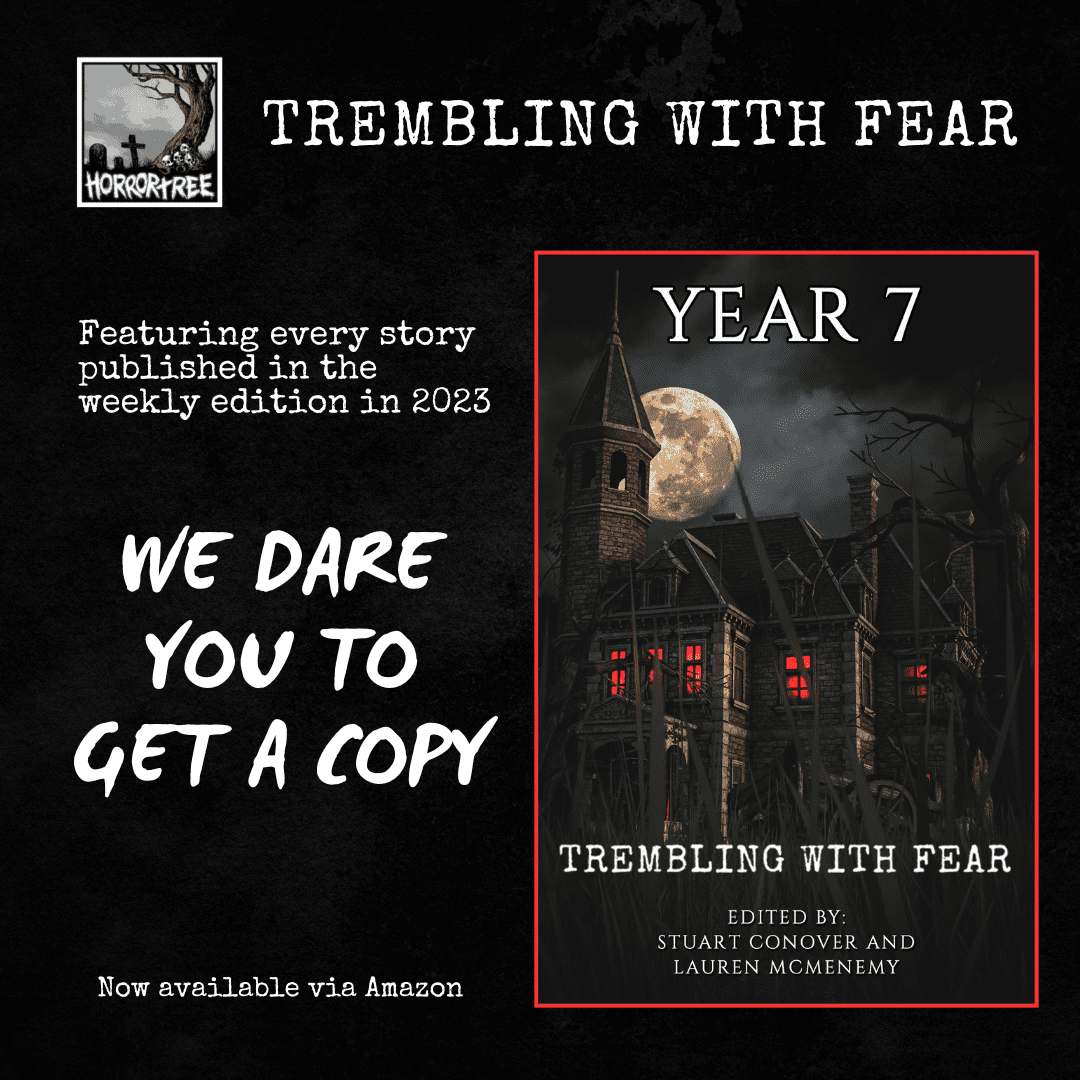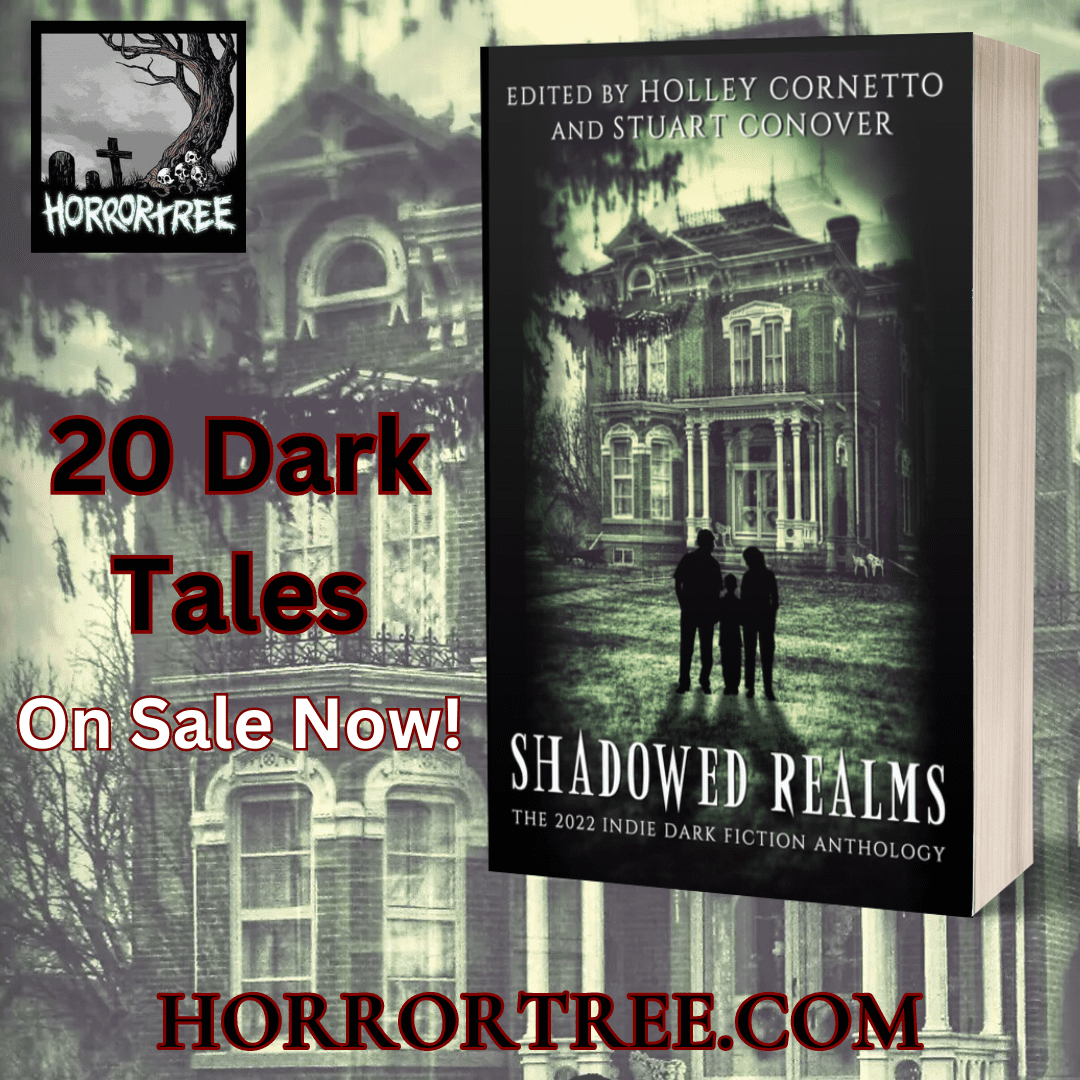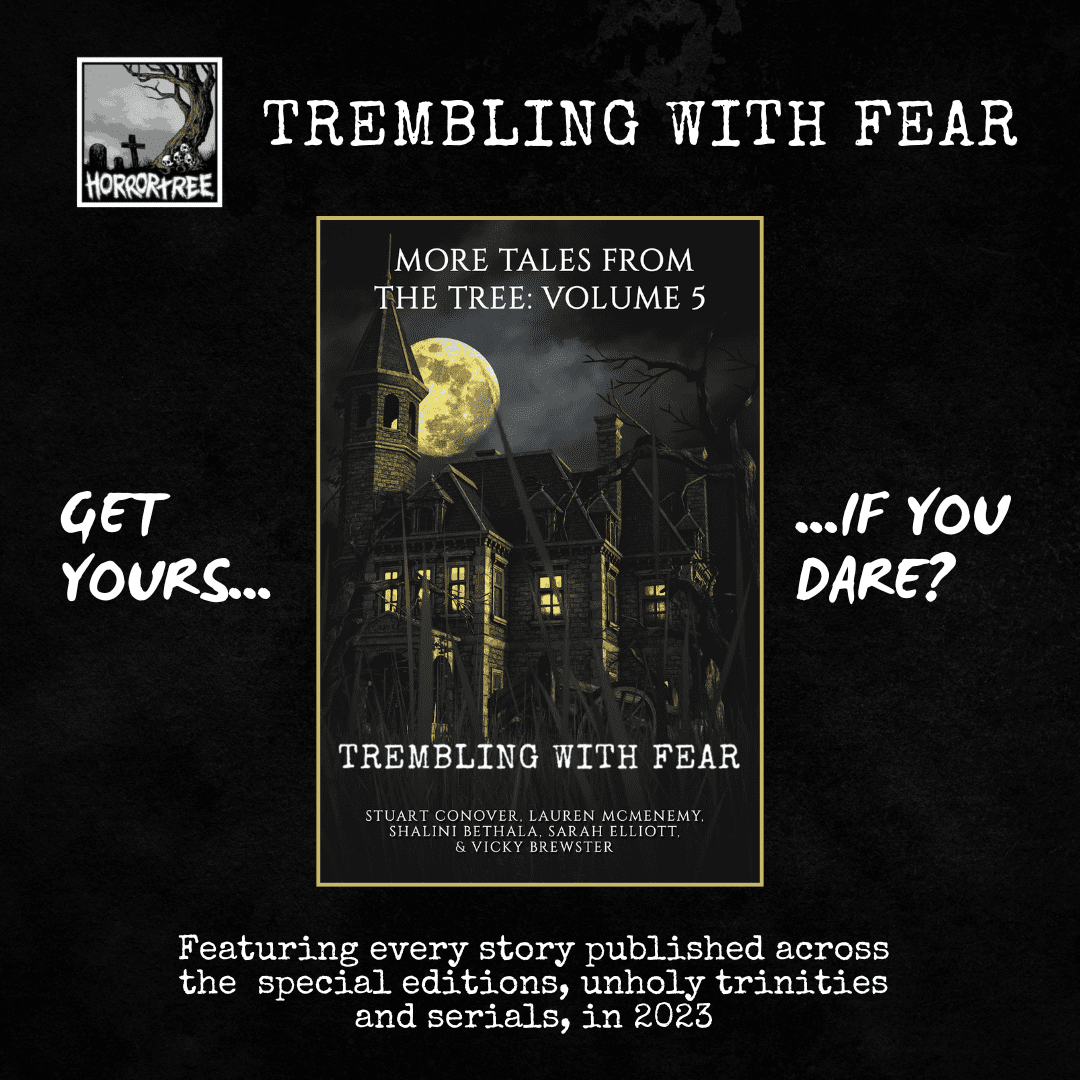Weathering the Maddening Winds in the Alps
Weathering the Maddening Winds in the Alps
Location: Balzers, Liechtenstein and various villages at the foot of the Alps
For fans of: Ecological horror and psychological thrillers
To read: “The Wind” by Ray Bradbury (1943)
On various days from the middle of March to the end of April, the Foehn wind roars down the lee side of the Alps at up to 130 km (80 miles) per hour, bringing all manners of malady upon the northern border of Italy, some southern parts of France, Switzerland, Germany, Austria, and Slovenia, and the entirety of Liechtenstein – from headaches and breathlessness to suicides and hauntings. This month, I will highlight the darker forces that some believe to be at work through the Foehn, or, the Snow Eater, as the locals call it, and encourage you to read Ray Bradbury’s classic short horror story “The Wind” as you tour the Alpine villages of Liechtenstein for yourself. Bradbury’s work tells the story of a stormchaser in 1940s America who believes the winds he has encountered over the years have, finally, come together on his doorstep seeking revenge. I would have recommended something longer (such as JG Ballard’s sci-fi novel The Wind From Nowhere, for example); however, given that dizziness, fatigue, and complete psychosis are common symptoms of the Snow Eater, anything novel-length may admittedly be hard to get through out here.
The Snow Eater and its kin winds, in fact, appear often in classic literature from all over Europe. Voltaire wrote about the Foehn’s effects in France. Edmund Spenser and Shakespeare both refer to England’s similarly-behaved Helm Wind; the former describing it as “bitter, black, and blustering” and the latter accusing it of causing “gout, the falling evil, the itch, and the ague.” Gabriel Garcia Marquez describes the Tramontana winds of Italy as “harsh, tenacious land wind that carries in it the seeds of madness” which “blows without pause, without relief, with an intensity and cruelty that seemed supernatural.”

Liechtenstein’s Snow Eater is a “downslope wind” that, after being forced to rise up the Alps which act as a barrier, rushes down the opposite side causing a dramatic temperature rise accompanied by stifling dryness and breath-taking pressure (literally). The wind brings with it a charge of ions that many who have experienced it claim creates a feeling of unease, both atmospheric and personal. Over the centuries, the Snow Eater has caused deadly avalanches, numerous car crashes, ski holiday interferences (it rapidly melts the snow), and increases in domestic violence (due to time spent trapped indoors, agitated). The Foehn is even invoked as a defense in criminal trials sometimes: The Snow Eater made them do it.

While staying in Valais, Switzerland on a mission to trek the Snow Eater’s path, Nick Hunt, author of Where the Wild Winds Are, confirms, “Anxiety, irritability, depression, lethargy, fatigue. All symptoms of the Fohnkrankheit…. I’d been told anecdote after anecdote of agitated animals and uncontrollable schoolchildren, as well as darker mutterings of madness and psychosis. I’d seen the antique map with the face exhaling showers of skulls” (183). Hunt also heard from Nomi, a Swiss carpenter new to the area, who explained, “Our neighbors used to say that the wind makes Valley people weird…The pressure is really, really bad. The air is so dry my nose sometimes starts bleeding. At night it can get extremely warm, so you are sweating in your bed” (139).
Hunt experienced this for himself during his stay in Balzers, Liechtenstein, saying, “As the mountains drew ever closer, tightening around the valley, I had the impression of progressing into a warm, sticky gullet” (143). Nevertheless, Hunt sets up a tent in the path of the Snow Eater (like other adventure seekers are known to do), inviting the full effect. By midnight, he had to flee to a nearby picnic cabin to escape the deafening whips of the tent walls being hit by the Foehn. “Even there, I could not escape…,” he writes. “At dawn, the Foehn was still in full flow, making chaos of the trees. Its roar never faltered, never diminished: an elongated train crash. A store of limitless energy” (180). Finally, “a switch had flipped in my brain: I was not enjoying this anymore… I wanted it to stop” (180). He goes on to describe the Snow Eater’s knack for turning the iconic Swiss pastoral landscapes familiarized to us through pop culture into scenes of the uncanny: “I saw, upon leaving the village, a waterfall being blown in reverse, travelling vertically up the cliff…the sight was simply wrong” (181).
Hunt describes only the tip of the iceberg, though. Other cases of Foehn-like wind encounters from all over the world are believed to have caused horrific deaths in cases where no other cause can be ruled culpable. The Dyatlov Pass incident in Russia on Feb 1, 1959 is perhaps the most popular: Nine experienced Soviet hikers camping atop the Urul Mountains inexplicably cut themselves out of their tents in the middle of the night and fled in various directions. None were dressed to be out in the elements; some had in fact stripped themselves naked; and all wound up dead. Some were missing their eyes and eyebrows, and one was missing his tongue. While the specific causes of death were ruled as hypothermia and skull damage, these were thought to have transpired due to “compelling natural forces” such as infrasound exposure, which has been known to cause panic-induced frenzies, and, simply, wind. Similar incidents have occurred in other areas where katabatic winds are known to blow like the US’s Rocky Mountains, the Judean desert, and even fictional stories like that of HBO’s True Detective: Night Country which takes place in Alaska and opens with a scene that feels inspired by the Dyatlov Pass Incident.
Naturally, the Snow Eater is steeped in folklore from the region and has been fodder for conspiracy theorists, horror fans, and paranormal enthusiasts alike. For example, the Bavarian side of the Alps “hold[s] to an ancient belief that the [F]oehn brings sickness and melancholia in its blast.” Less abstract and anthropomorphic are the stories involving imps that ride in on the Foehn, damaging crops, knocking down outhouses, and whispering into the wind to make citizens think they are hearing things (Swiss Fairy Tales, Elliott Griffis, 1920). Avalanches caused by the powerful Snow Eater were historically thought to be caused by the children of the Frost Giants living atop the Alps. Contemporary storytellers associate the Snow Eater with “the wild Germanic, Celtic, and Scythian tribes who wore different clothes, worshipped different gods, and ultimately would be the cause of Rome’s destruction” (Hunt 154). The Foehn holds equally horrifying political histories, as well. Back in 1948, the Snow Eater brought with it Dr. Rudolph Paul, a German politician who was thought to have gone into hiding after giving into the Nazi government’s demands. When he re-appeared, he claimed that all of his actions were forced upon him by the Nazi regime and that he actually did not mean any of them. (It is worth pointing out, at least, that one of his “actions” was divorcing his Jewish wife after Hitler took power, allowing her to be promptly “exterminated”.) While not indicative of Nazi leanings, the protagonist worried about the wind in Bradbury’s story also strikes those around him as someone whose preoccupation with the weather has been brought on by political involvement and military service, thus making his rants sound first like propaganda in service of some unknown cause, and then like full-on conspiracy theory fodder.
While there are many Foehn-type winds that activate across the world, the one among the Swiss Alps has become the most well-known, with tourist stops and shops in Swiss villages like Altdorf and Brunnen, and Balzers in Liechtenstein, that allow visitors to interact on a consumerist level with the weather event. I suggest staying at the Camping Mittagsspittze campground in Balzers, which is right up against the Alps. You can attempt a tent stay, like Hunt and the Dyatlov Pass hikers, or opt for the Bradbury experience and see how well the wind does finding you in one of Mittagsspittze’s cabins. If you survive the night, head the next morning to the old vicarage/rectory of Alte Pfarrhof which has a permanent exhibit on the Snow Eater. By Hunt’s account, the exhibit holds artefacts like costumes from annual Foehn festivals; pop culture items mentioning the Foehn; and newspaper articles throughout the years on Foehn-proof hairstyles, Foehn product marketing, and Foehn-related disasters and events. Do tag me @YveChairez on Twitter or Bluesky if you share any Foehn-inspired writings or art!













